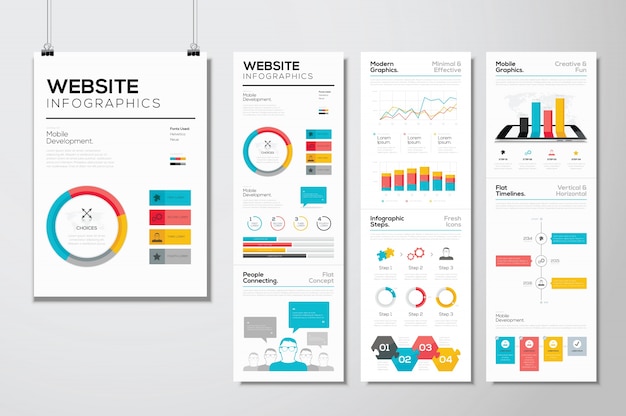Intrigued In Finding Out Exactly How Site Design Has Altered Throughout The Years? Explore The Journey
Intrigued In Finding Out Exactly How Site Design Has Altered Throughout The Years? Explore The Journey
Blog Article
Material Produce By-Kinney Trolle
In the past, sites were easy and focused on info. Navigating was straight, and layout was for desktop computers. Currently, user experience is crucial. Information overviews designs for easy navigation. Receptive layouts fit various tools. Today, dark setting reduces pressure, and minimal menus boost navigating. Interactive attributes involve individuals, and bold visuals stand apart. AI assimilation increases interaction. See exactly how layout has advanced to improve your online trip.
Early Days of Website Design
In the very early days of website design, simpleness preponderated. Websites were basic, with minimal shades, typefaces, and formats. The focus was on supplying information rather than flashy visuals. Click On this site accessed the net through slow-moving dial-up links, so rate and performance were key.
Navigating menus were straightforward, normally situated on top or side of the page. Web sites were developed for desktop, as mobile browsing wasn't yet widespread. Content was king, and developers prioritized easy readability over complicated design aspects.
HTML was the key coding language used, and designers had to work within its restrictions. Computer animations and interactive features were marginal contrasted to today's criteria. Internet sites were static, with little dynamic web content or personalized individual experiences.
Surge of User-Focused Style
With the evolution of internet site layout, a change in the direction of user-focused style concepts has come to be significantly noticeable. Today, developing internet sites that focus on user experience is essential for involving site visitors and accomplishing organization objectives. User-focused design includes recognizing the requirements, preferences, and behaviors of your target audience to tailor the internet site's design, content, and features accordingly.
Developers now perform comprehensive research, such as user studies and usability screening, to collect insights and comments directly from individuals. This data-driven approach assists in producing intuitive navigation, clear calls-to-action, and aesthetically attractive user interfaces that reverberate with visitors. By putting the customer at the facility of the layout procedure, web sites can deliver a more individualized and delightful experience.
Receptive style has additionally become a crucial element of user-focused style, making sure that websites are optimized for various devices and display dimensions. This adaptability boosts availability and functionality, satisfying the diverse means individuals engage with sites today. Basically, the increase of user-focused design indicates a shift in the direction of creating electronic experiences that focus on the requirements and expectations of the end customer.
Modern Trends in Website Design
Discover the most up to date patterns forming web design today. One popular trend is dark mode style, providing a smooth and modern appearance while lowering eye stress in low-light environments. An additional key trend is minimalist navigating, streamlining food selections and boosting user experience by focusing on essential elements. Integrating micro-interactions, such as computer animated switches or scrolling effects, can develop a more engaging and interactive site. simply click the up coming website stays essential, making certain smooth customer experiences across various gadgets. Additionally, using strong typography and unbalanced layouts can add visual interest and accentuate certain material.
Incorporating AI technology, like chatbots for client support or individualized recommendations, improves user involvement and improves processes. Accessibility has also end up being a substantial trend, with designers prioritizing inclusive style techniques to cater to diverse customer demands. Embracing sustainability by optimizing web site efficiency for rate and efficiency is another arising trend in website design. Teaming up with user comments and information analytics to iterate and improve style continually is important for remaining relevant in the ever-evolving digital landscape. By accepting these modern trends, you can create an aesthetically enticing, easy to use web site that reverberates with your target market.
Verdict
As you reflect on the advancement of site layout from the early days to currently, you can see exactly how user-focused style has become the driving pressure behind contemporary fads.
Embrace the journey of change and adjustment in web design, constantly maintaining the customer experience at the center.
Remain present with the current fads and technologies, and never stop advancing your method to produce visually magnificent and user-friendly websites.
Progress, adjust, and develop - the future of website design is in your hands.
